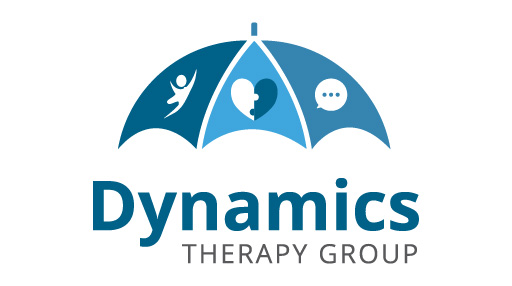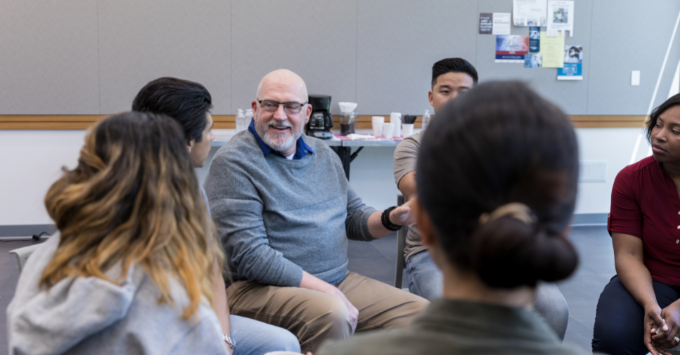
- AAC stands for Augmentative & Alternative Communication. AAC includes all forms of communication (other than oral speech) that are used to express thoughts, needs, wants and ideas. Individuals who may require AAC often suffer from severe speech impairments that result in the inability to verbally express themselves effectively and efficiently, rendering their current mode of communication inadequate to meet all of their communication needs. In the adult population, these speech impairments may be a consequence of medical conditions such as stroke, traumatic brain injury, advanced motor neuron diseases, etc.
The term AAC covers a wide range and type of communication aids. AAC can be classified into unaided (no technology) and aided (low technology and high technology options).
Unaided AACs do not involve any apparatus or device but require some extent of motor control of the face and/or body. Examples of unaided AACs are the use of gestures, body language, facial expressions, sign language and/or vocalizations.
Aided AACs include both low and high-tech options. The use of picture cards, communication boards/books, writing and/or drawing constitute low-tech AACs. Examples of high technology include iPad applications, eye gaze devices, or voice generating systems. They can consist of sophisticated vocabularies, can generate multiple voices, and can be fully accessible and customized to the individual’s needs. The speech therapist can support the individual in finding the suitable AAC. Often a basic AAC system is trialed first or for a short amount of time. In some instances, a combination of AACs may be suggested (e.g., a blend of unaided and low-tech AAC, for example).
The speech therapist is also responsible for the assessment of the individual’s cognitive, language, social capabilities and communication needs (including caregivers’) to ascertain the most suitable AAC method. An occupational therapist may sometimes be consulted during an AAC assessment if the individual’s motor competence needs to be determined (e.g., navigating the device, selection techniques).
Author: Aimee Coombes, Speech Therapist




